京都復興に必要だった琵琶湖疎水
琵琶湖から京都に水を引いてくることは、昔から考えられていたようですが、トンネル工事に必要な掘削技術が西洋から導入されるまで、その実現を待たねばなりませんでした。明治になり、都が京都から東京に移り、京都が衰退していく中、その衰退を食い止め、復興の切り札として始められたのが、琵琶湖疎水事業です。
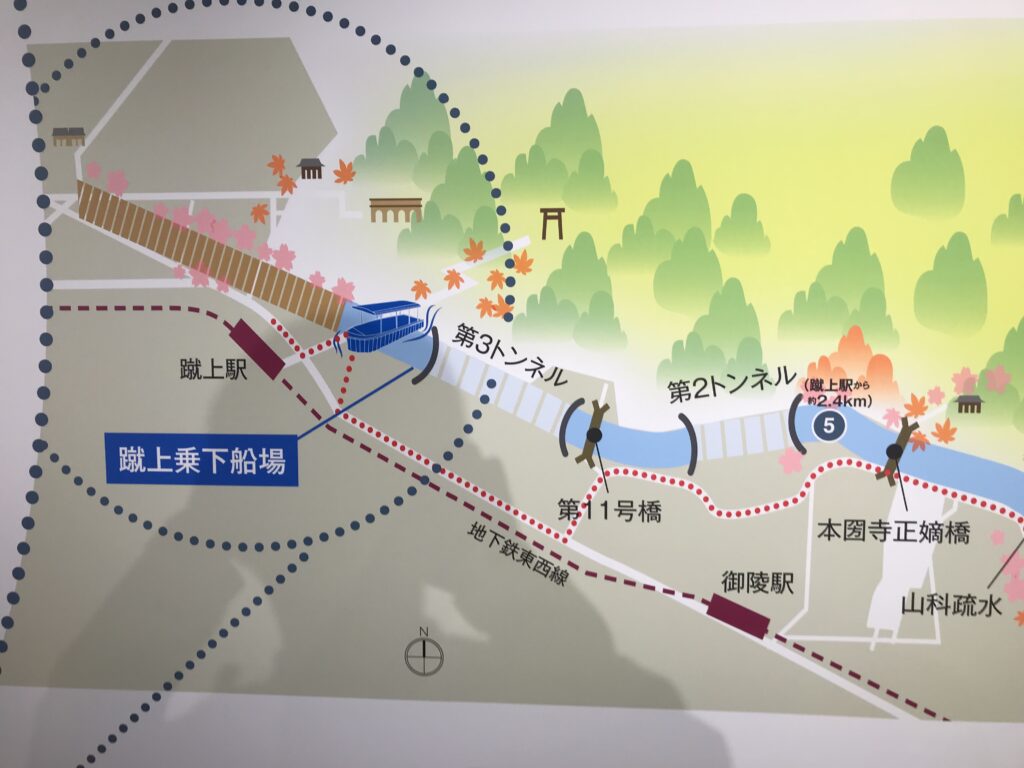
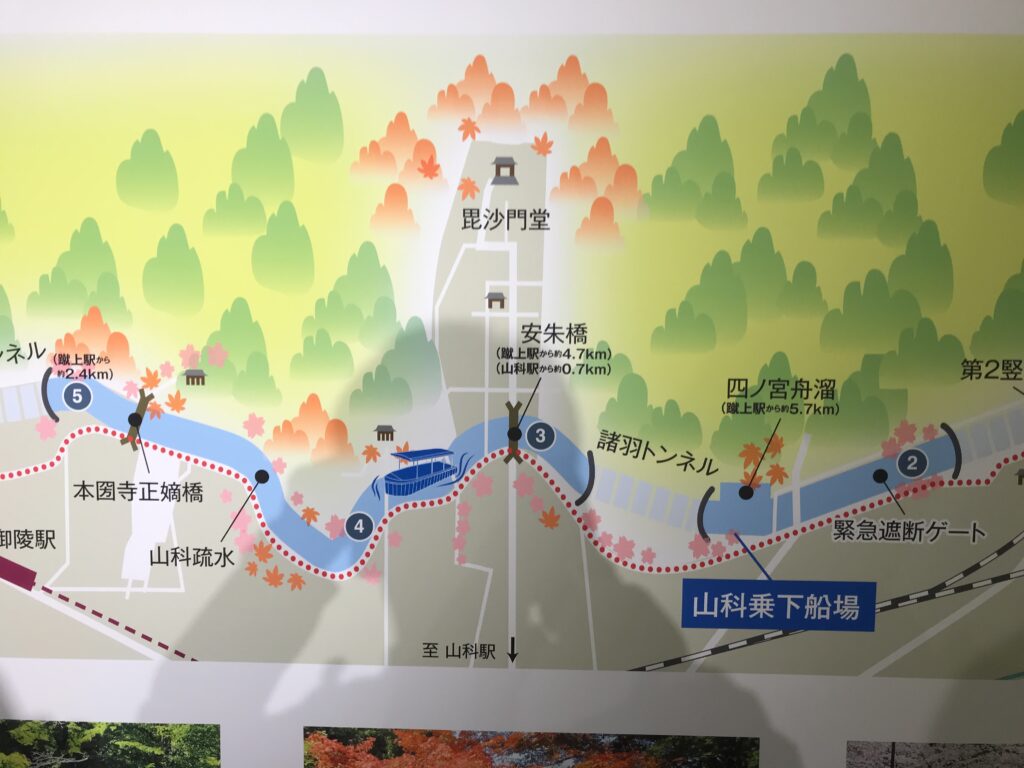
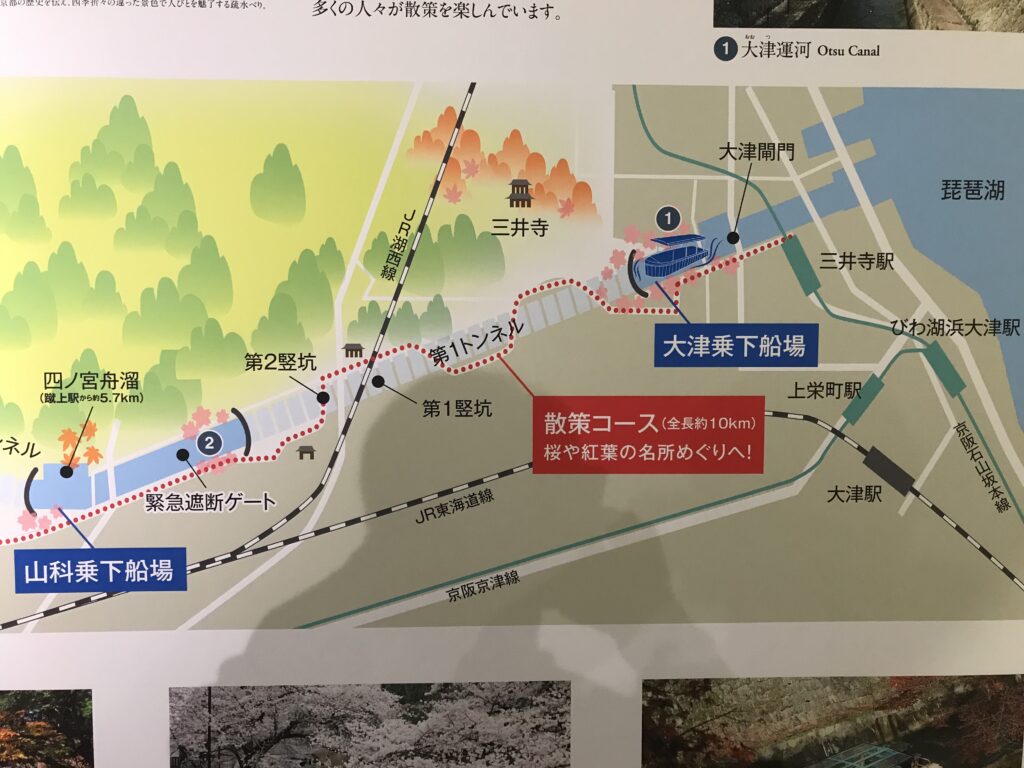
若き土木技術者が活躍
この記念館は、琵琶湖疎水の開発の経緯、推進した人々の業績を紹介してくれています。特筆すべきは、当時の若い方の活躍です。大学で学んで即戦力あるいは、即、その業界のリーダーとして活躍しないといけない時代背景もありますが、若干23歳でこの大工事に挑んだのが田邉朔郎です。
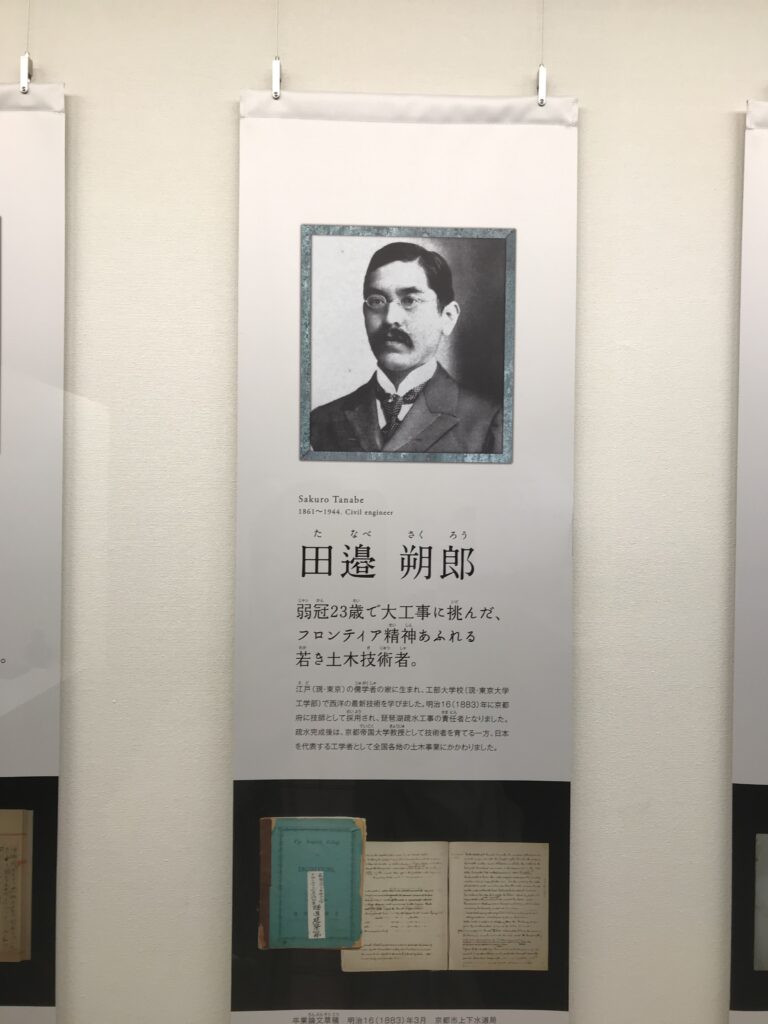
元々、琵琶湖疎水の水を利用して水車を廻し、その動力を用いた工業化が検討されていましたが、疎水を利用した水力発電を導入することになりました。同館には、写真のような発電機が置かれています。この電力が、京都の市電を走らせることになりました。
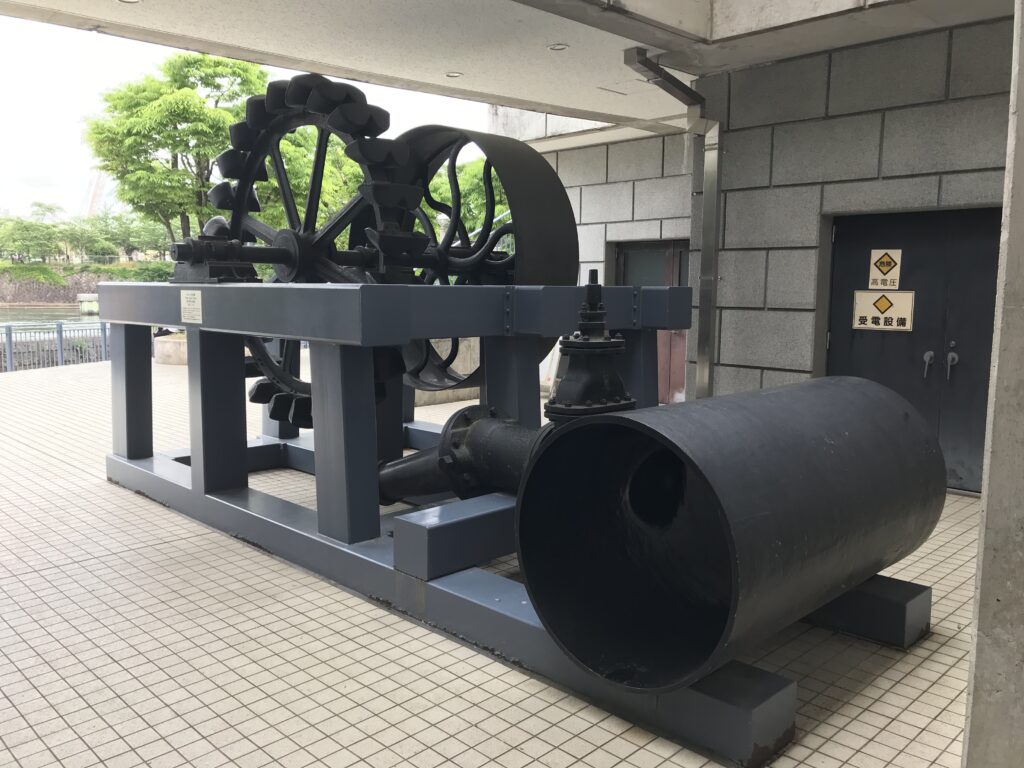
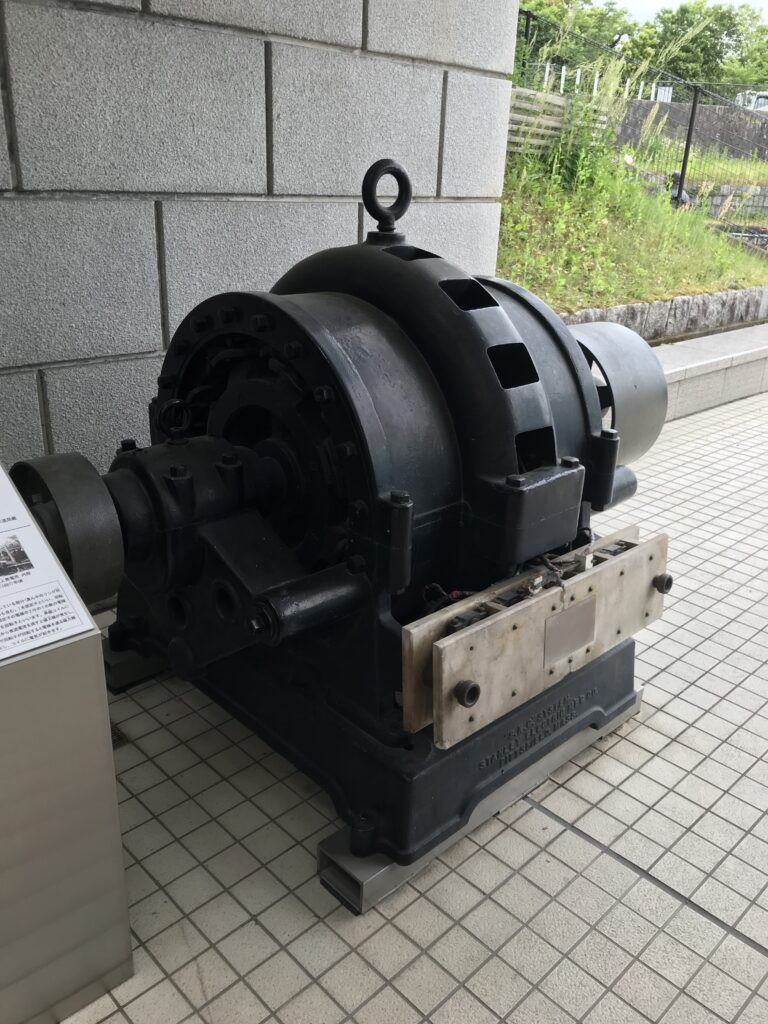
インクライン跡を歩く
この発電機の場所から、疎水の高低差を遡るために用いられたインクラインの線路後を辿ることができます。春には両側の桜が咲き、観光名所にもなっています。海外からの研修生をお連れした際は、いつもこのインクライン跡を歩いて登ってもらい、南禅寺の境内を走る水路である水路閣に向かいます。
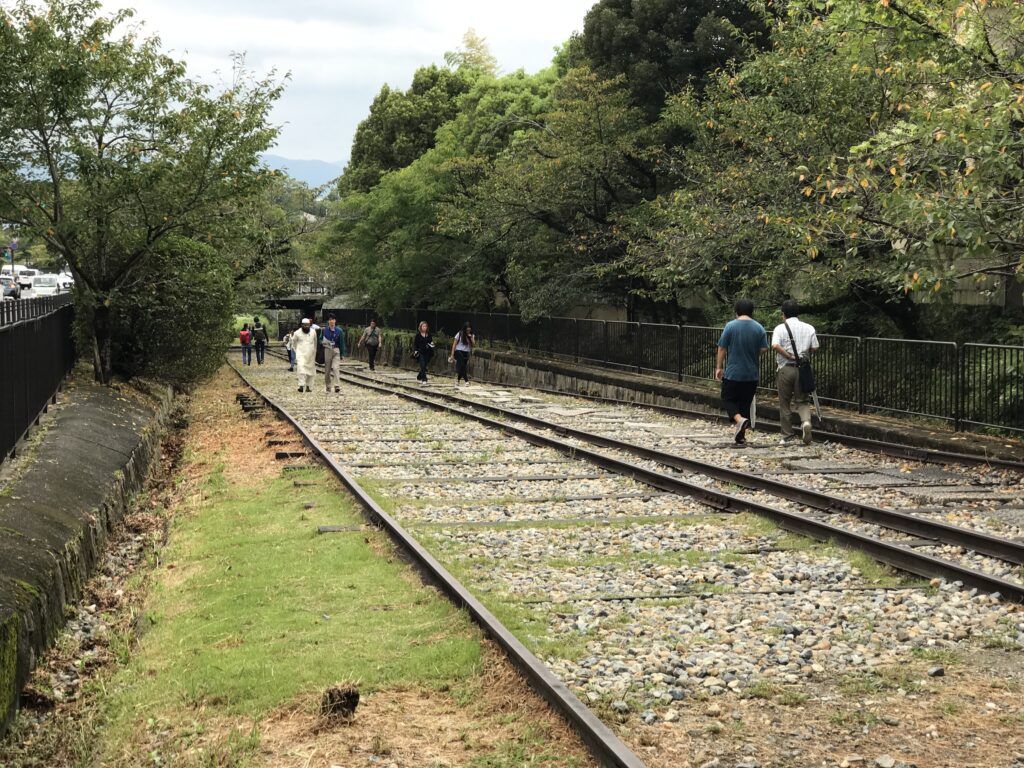
南禅寺に向かう途中に、インクラインの下を貫く「ねじりまんぼ」というトンネルをくぐります。トンネルの壁面に使われたレンガが、ねじられたような線を描いているので、この名前になっています。「まんぼ」とは、トンネルのことだそうです。そこを抜けると南禅寺に入っていきます。(完)
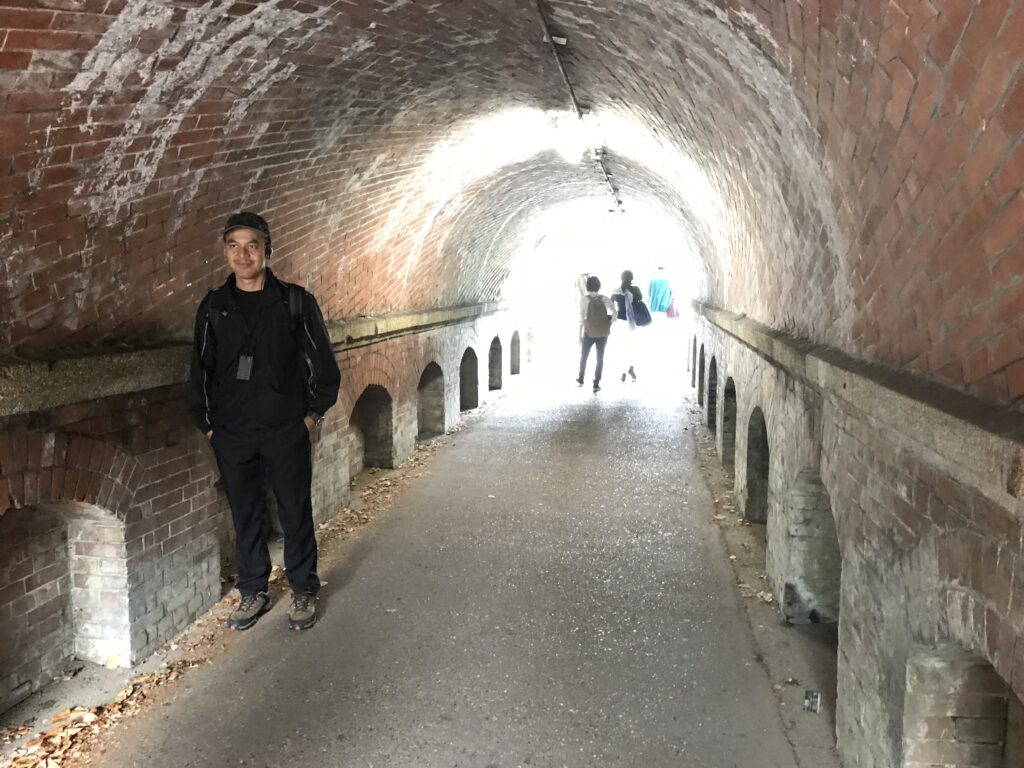
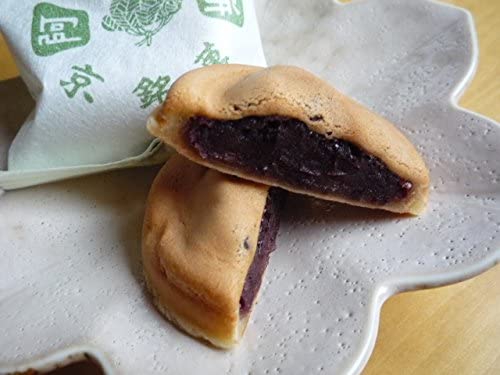
新品価格
¥4,845から
(2022/4/23 16:25時点)
Lake Biwa Hydrosphere Memorial Hall
Drawing water from Lake Biwa to Kyoto had long been considered, but it had to wait until the excavation technology necessary for tunnel construction was introduced from the West. In the Meiji era (1868-1912), the capital moved from Kyoto to Tokyo, and as Kyoto began to decline, the Lake Biwa hydrophobic project was initiated as a trump card to halt the decline and restore the city.
This memorial hall introduces the history of the development of the Lake Biwa hydrophobic project and the achievements of the people who promoted it. Of special note are the activities of the young people of the time. Although it was against the background of the times when one had to study at a university and immediately become a leader in the industry, Sakuro Tanabe took on the challenge of this major construction project at the age of just 23.
Originally, industrialization using the water from the Lake Biwa estuary to power a water wheel was under consideration, but it was decided to introduce hydroelectric power generation using the estuary water. The museum has a power generator as shown in the photo. This power was now used to run Kyoto’s streetcars.
From the location of the generator, visitors can follow the tracks of the Incline, which was used to go up the difference in elevation of the hydrophobic water. In spring, the cherry blossoms on both sides of the road bloom, making it a popular tourist attraction. Whenever we take trainees from overseas, we ask them to walk up the incline to the Suirokaku, a waterway that runs through the Nanzenji temple grounds.
On the way to Nanzenji Temple, we pass through a tunnel called “Nejirimambo” that runs under the Incline. It is so named because the bricks used for the tunnel’s walls form lines that look as if they have been twisted. The name “mambo” refers to the tunnel. After passing through it, you will enter Nanzenji Temple. ( End )
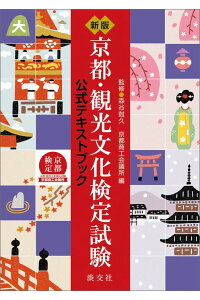
新版 京都・観光文化 検定試験 公式テキストブック 公式テキストブック [ 京都商工会議所 ]
価格:2,420円
(2021/9/11 14:06時点)
感想(5件)
Salle commémorative de l’hydrosphère du lac Biwa
Le prélèvement d’eau du lac Biwa pour alimenter Kyoto était envisagé depuis longtemps, mais il fallait attendre que la technologie d’excavation nécessaire à la construction de tunnels soit introduite depuis l’Occident. À l’ère Meiji (1868-1912), la capitale a été déplacée de Kyoto à Tokyo, et comme Kyoto commençait à décliner, le projet d’hydrophobie du lac Biwa a été lancé comme un atout pour arrêter le déclin et restaurer la ville.
Cette salle commémorative présente l’histoire du développement du projet hydrophobe du lac Biwa et les réalisations des personnes qui l’ont promu. Les activités des jeunes de l’époque sont particulièrement remarquables. Bien que dans le contexte de l’époque où il fallait étudier à l’université et devenir immédiatement un leader dans l’industrie, Sakuro Tanabe a relevé le défi de ce grand projet de construction à l’âge de 23 ans seulement.
À l’origine, il était question d’une industrialisation utilisant l’eau de l’estuaire du lac Biwa pour alimenter une roue hydraulique, mais il a été décidé d’introduire la production d’énergie hydroélectrique à partir de l’eau de l’estuaire. Le musée dispose d’un générateur d’électricité comme le montre la photo. Cette énergie est maintenant utilisée pour faire fonctionner les tramways de Kyoto.
Depuis l’emplacement du générateur, les visiteurs peuvent suivre les traces de l’Incline, qui était utilisé pour monter la différence d’élévation de l’eau hydrophobe. Au printemps, les cerisiers en fleurs des deux côtés de la route s’épanouissent, ce qui en fait une attraction touristique populaire. Chaque fois que nous emmenons des stagiaires de l’étranger, nous leur demandons de monter la pente jusqu’au Suirokaku, un cours d’eau qui traverse le terrain du temple Nanzenji.
Sur le chemin du temple Nanzenji, nous traversons un tunnel appelé “Nejirimambo” qui passe sous le plan incliné. Il est ainsi nommé parce que les briques utilisées pour les murs du tunnel forment des lignes qui semblent avoir été tordues. Le nom “mambo” fait référence au tunnel. Après l’avoir traversé, vous entrerez dans le temple Nanzenji. ( Fin )
